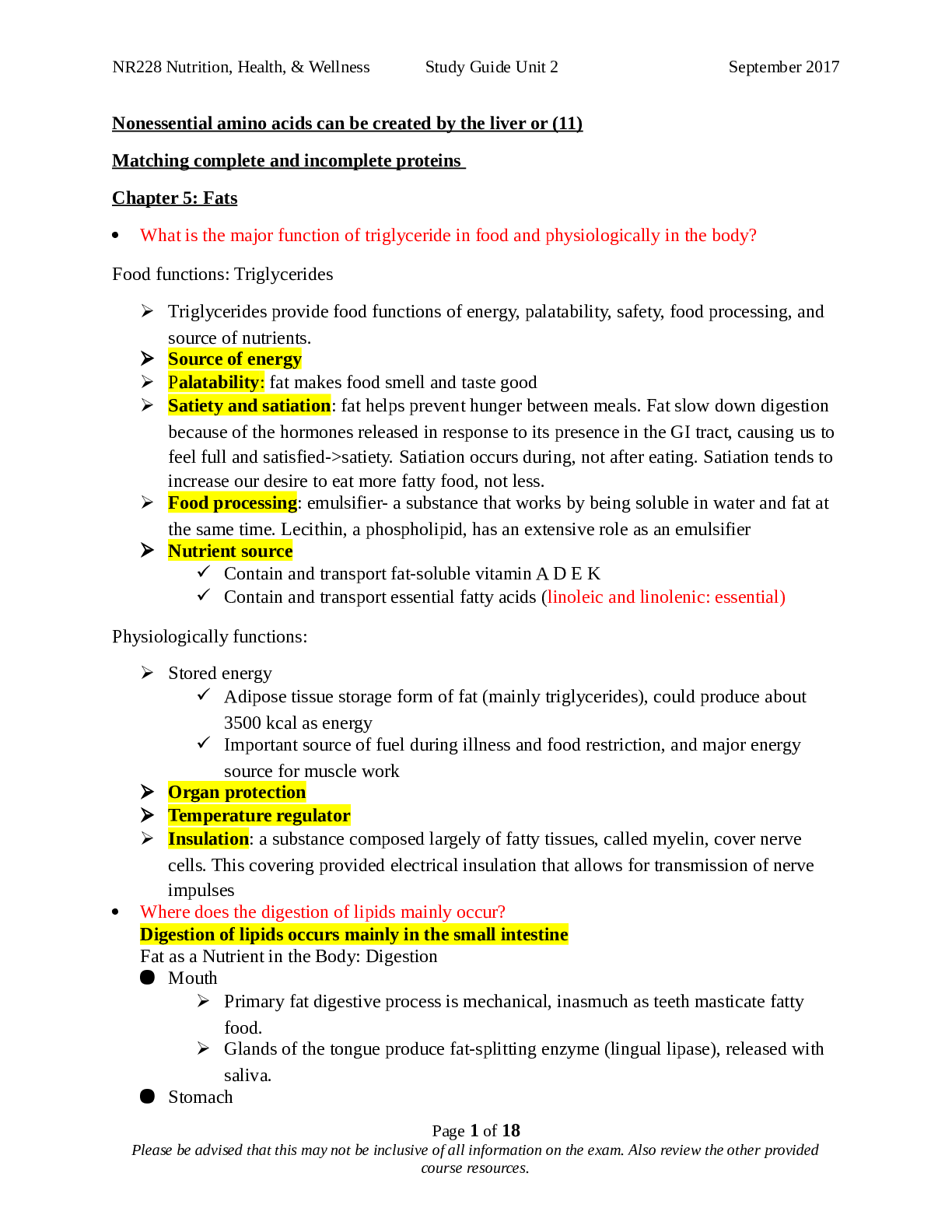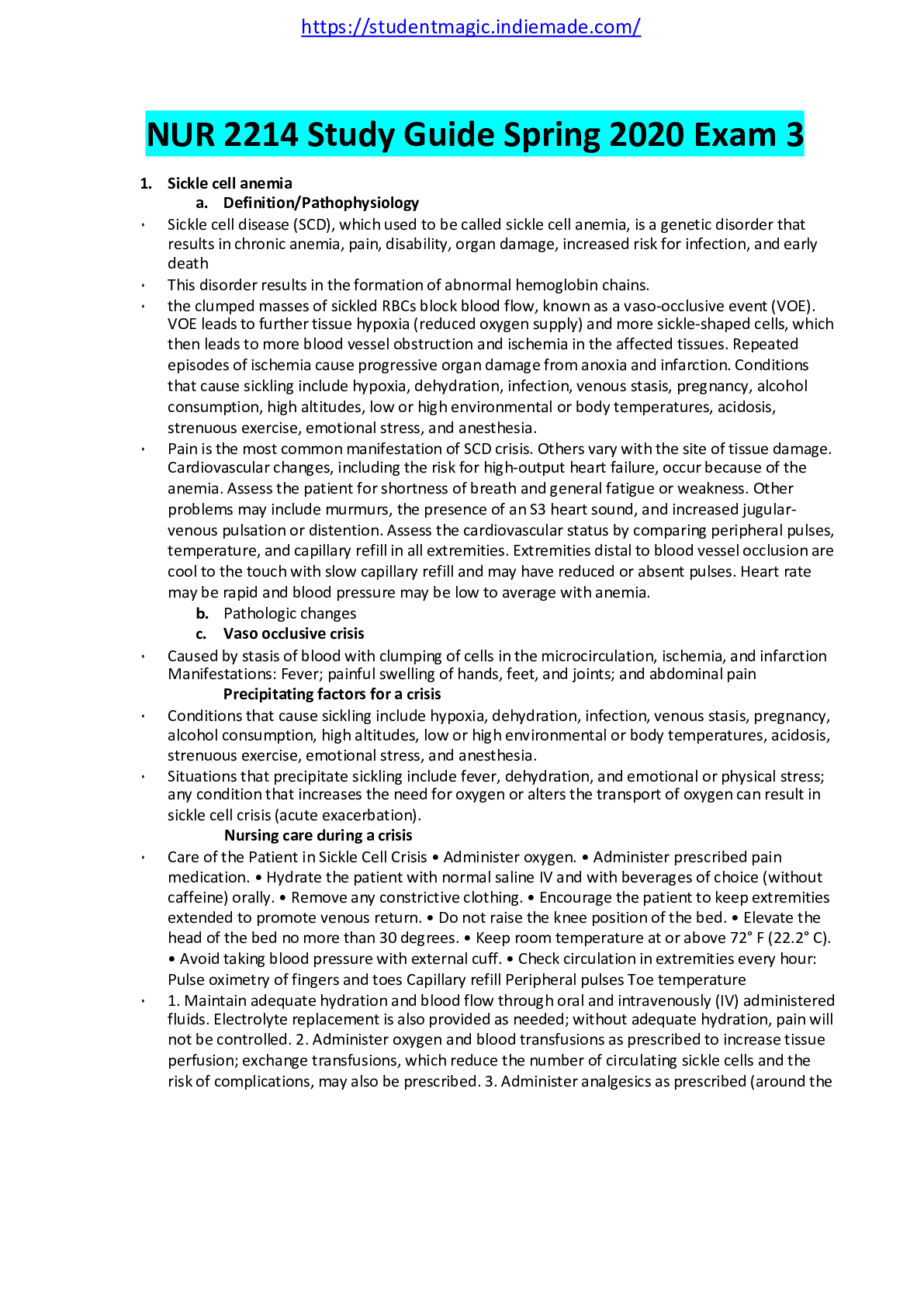Health Care > STUDY GUIDE > ANESTHESIA AND RELATED COMPLICATIONS (All)
ANESTHESIA AND RELATED COMPLICATIONS
Document Content and Description Below
ANESTHESIA AND RELATED COMPLICATIONS The goals of anesthesia are to provide analgesia, sedation and muscle relaxation, to control the autonomic nervous syste... m. The absence of sensation Anesthesiologist or Certified Registered Nurse Anesthetist Anesthetics are classified as general and local and regional General anesthetics depress the CNS, alleviate pain, and cause a loss of consciousness. there is loss of consciousness and sensation, with skeletal muscle relaxation, possible impaired ventilation and cardiovascular function, and elimination of the somatic, autonomic, and endocrine responsiveness including coughing, gagging, vomiting, and sympathetic nervous system responsiveness. General anesthetics may be administered by inhalation and intravenous routes. Advantages of General Anesthesia Once an adequate airway has been established, the depth and rate of respiration can be controlled and attempts are made to protect the pulmonary tree from aspiration (inhalation of foreign material such as saliva or gastric contents). Medication dosage can be easily titrated. Muscle relaxation for intubation and retraction at the surgical site is easily achieved. ROUTE OF GA Intravenous Agents Virtually, all general anesthetics begin with an IV induction agent. When used during the initial period of anesthesia, these agents induce a pleasant sleep with a rapid onset of action, only a few minutes, which allows for an endotracheal tube to be placed and an inhalation agent to be started. Total intravenous anesthesia (TIVA). Recent advances anesthesia All in IV medications are administered intravenously in TIVA, thus anesthetics eliminating the need for inhalation agents Inhalation Agents. The inhalation agents used for general anesthesia may be volatile liquids (liquid at room temperature) or gases (gas at room temperature). Volatile liquids are administered through a vaporizer after being mixed with oxygen as carrier gas. Thus gas mixture is then delivered to the patient via anesthesia apparatus/circuit. Inhalation agents are most commonly administered via an endotracheal tube placed into the trachea once the patient has been induced with an IV agent. The endotracheal tube permits control of ventilation and airway protection both for patency and to prevent aspiration. Local anesthetics block pain at the site of administration, allowing consciousness to be maintained. is the loss of sensation without loss of consciousness Local anesthesia may be induced topically or via infiltration, intracutaneously, or subcutaneously. Regional anesthesia is the loss of sensation to a region of the body without loss of consciousness when a specific nerve or group of nerves is blocked with the administration of local anesthetic (e.g. spinal, epidural, or peripheral nerve block). [Show More]
Last updated: 1 year ago
Preview 1 out of 16 pages
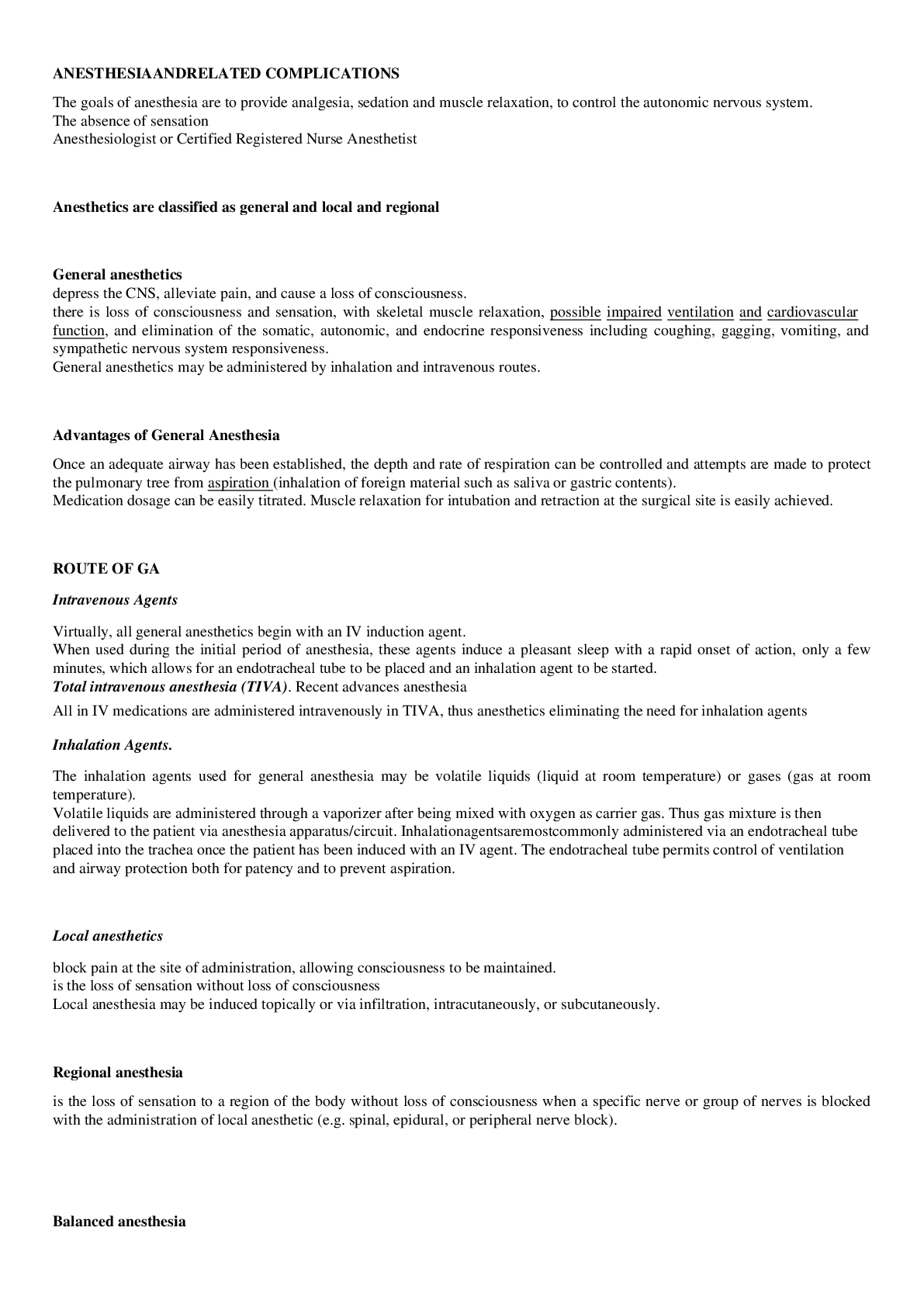
Reviews( 0 )
Document information
Connected school, study & course
About the document
Uploaded On
Apr 06, 2023
Number of pages
16
Written in
Additional information
This document has been written for:
Uploaded
Apr 06, 2023
Downloads
0
Views
39

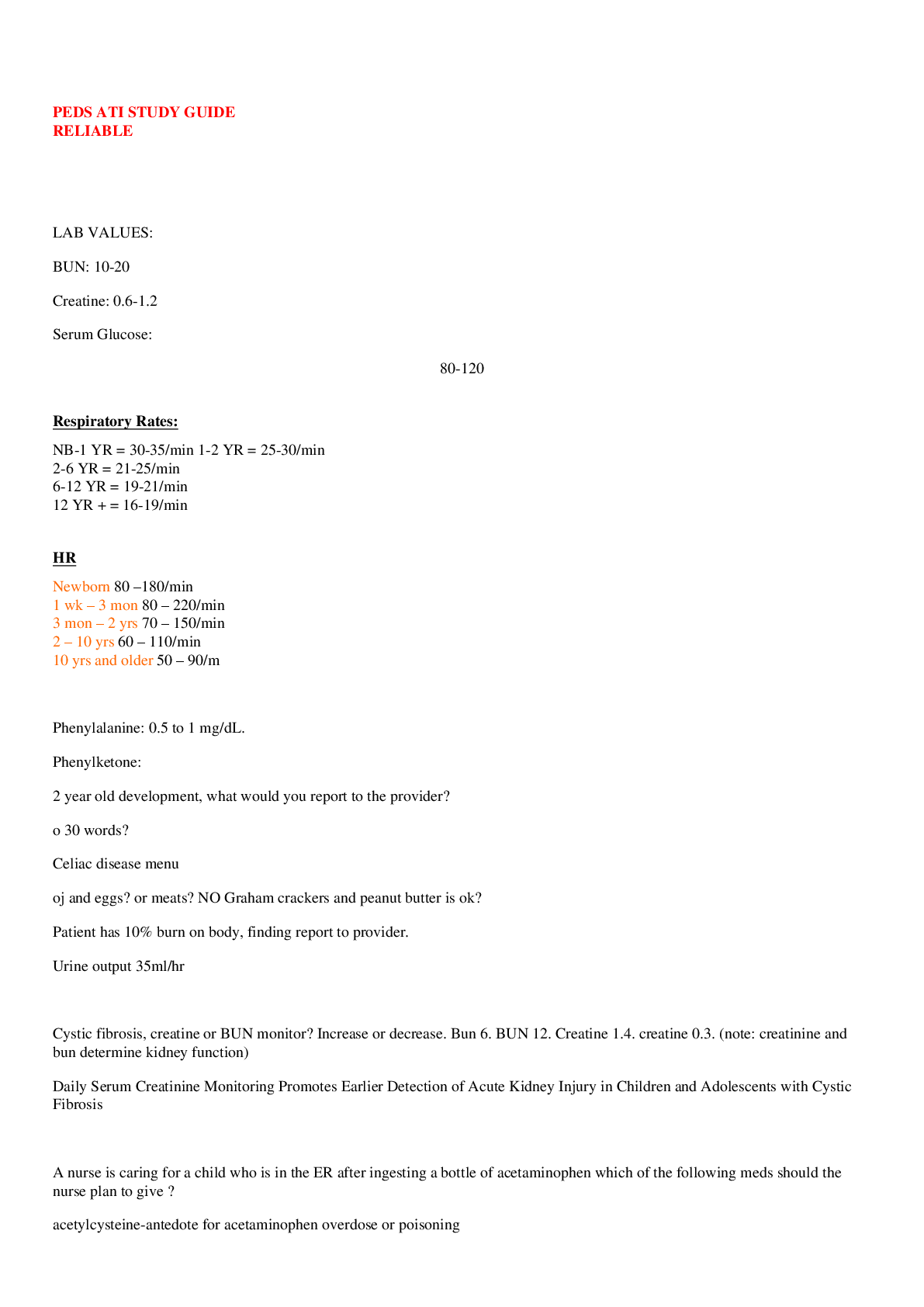

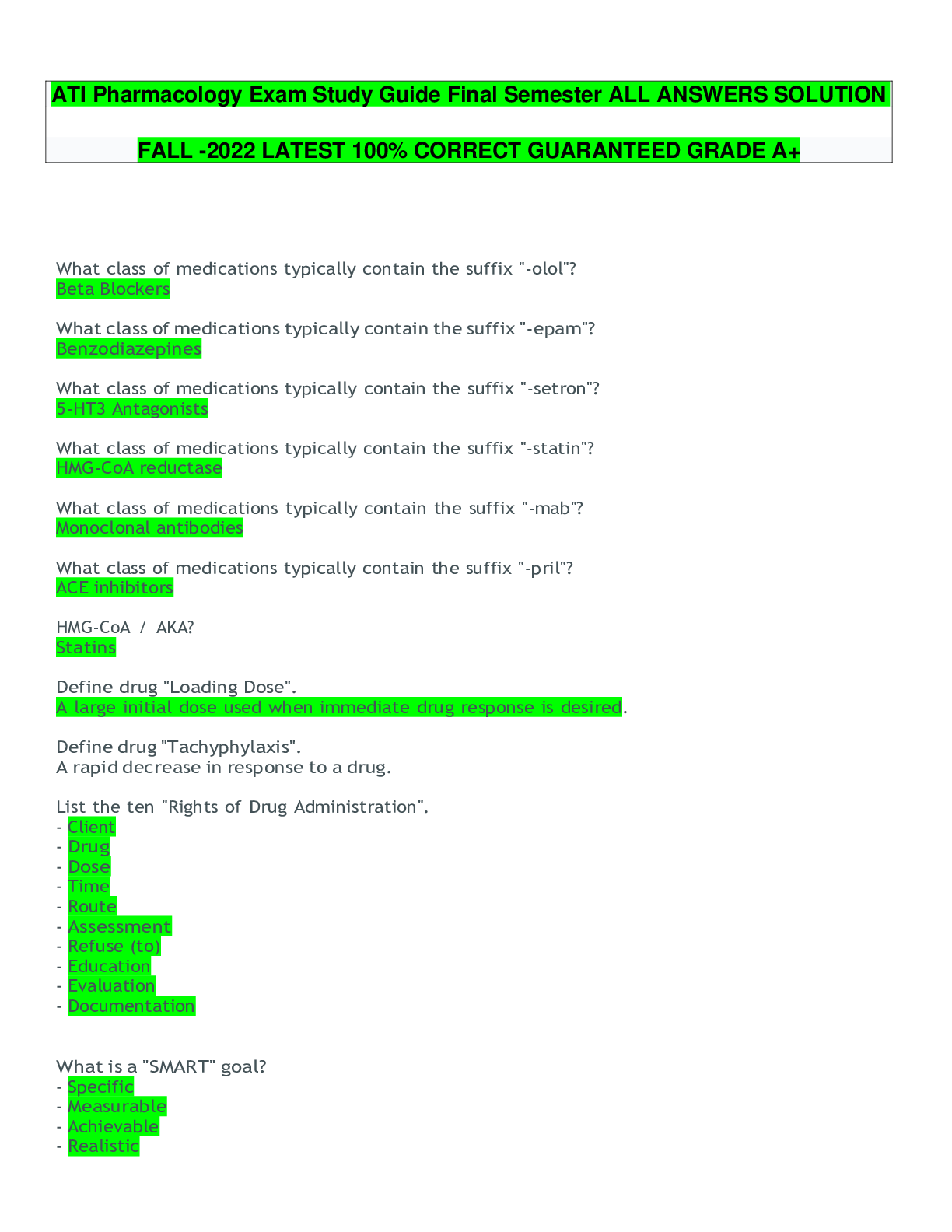




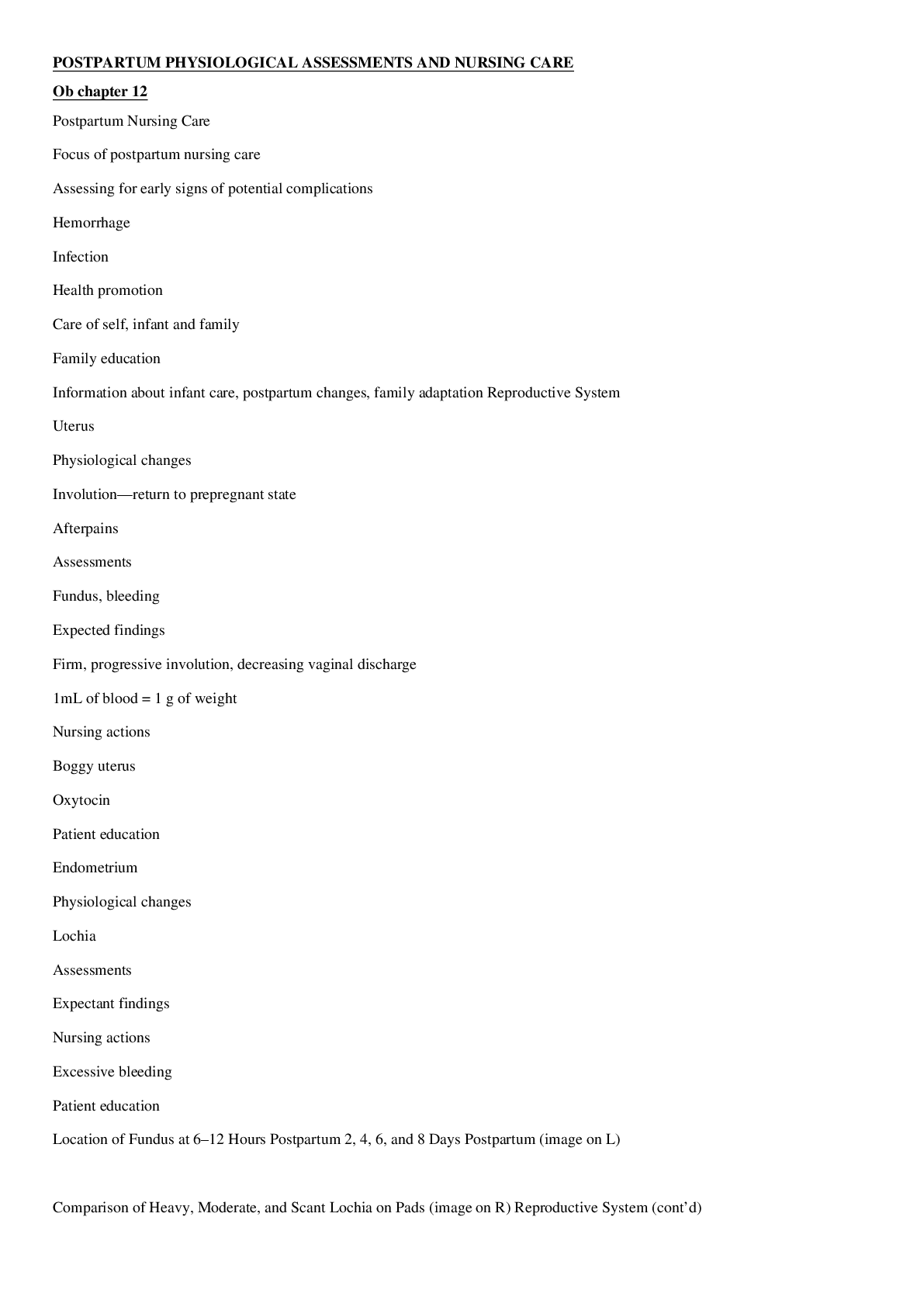


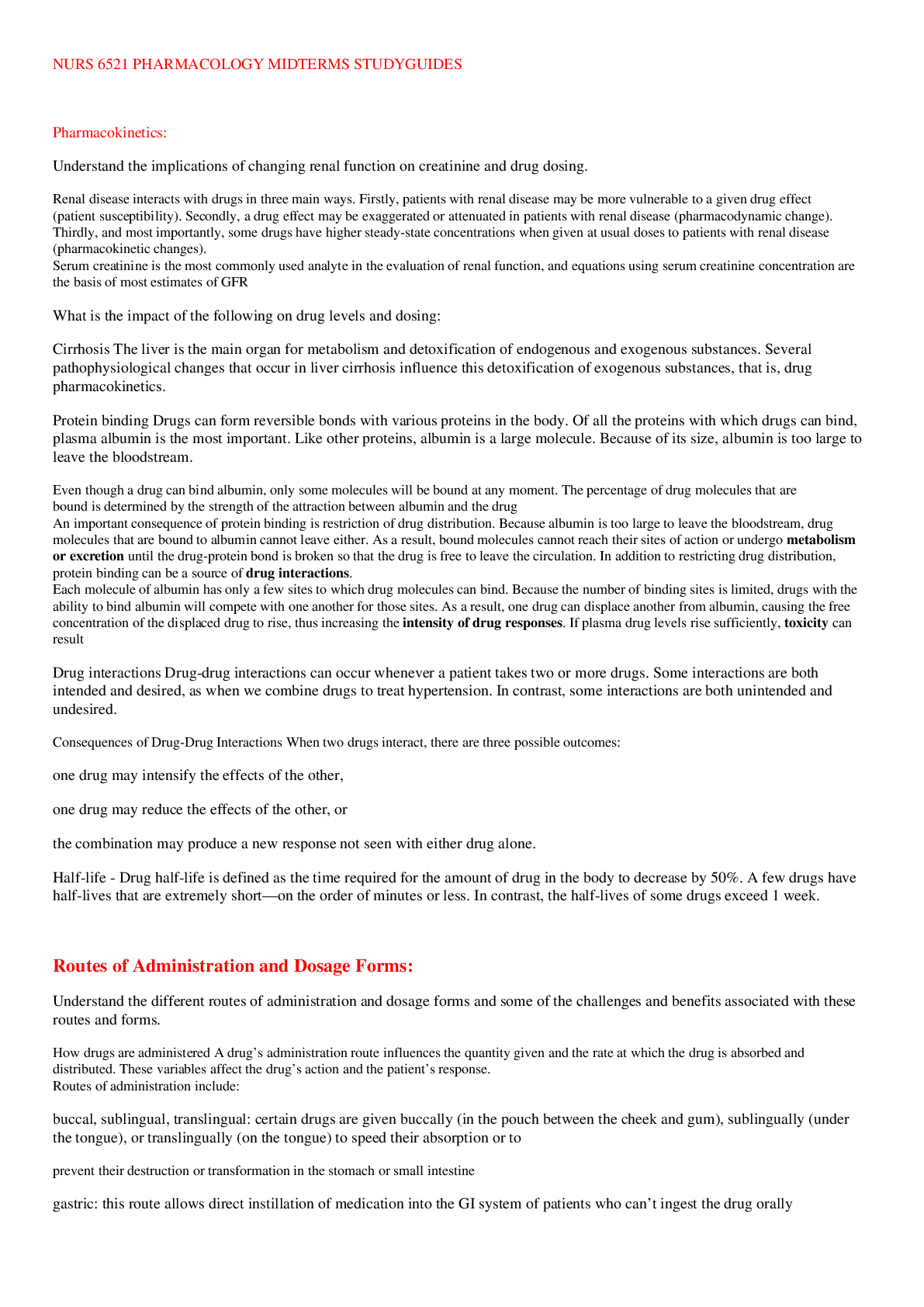

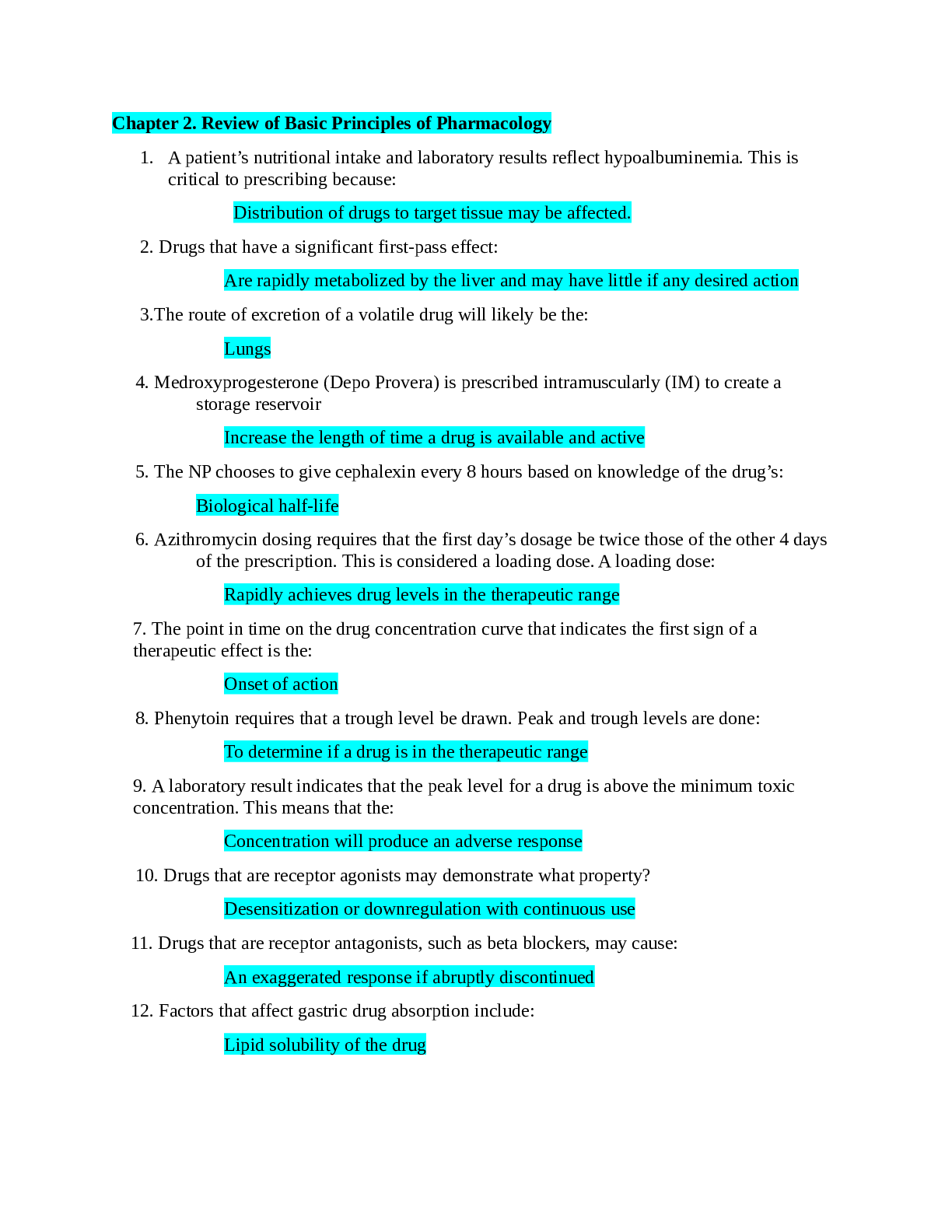


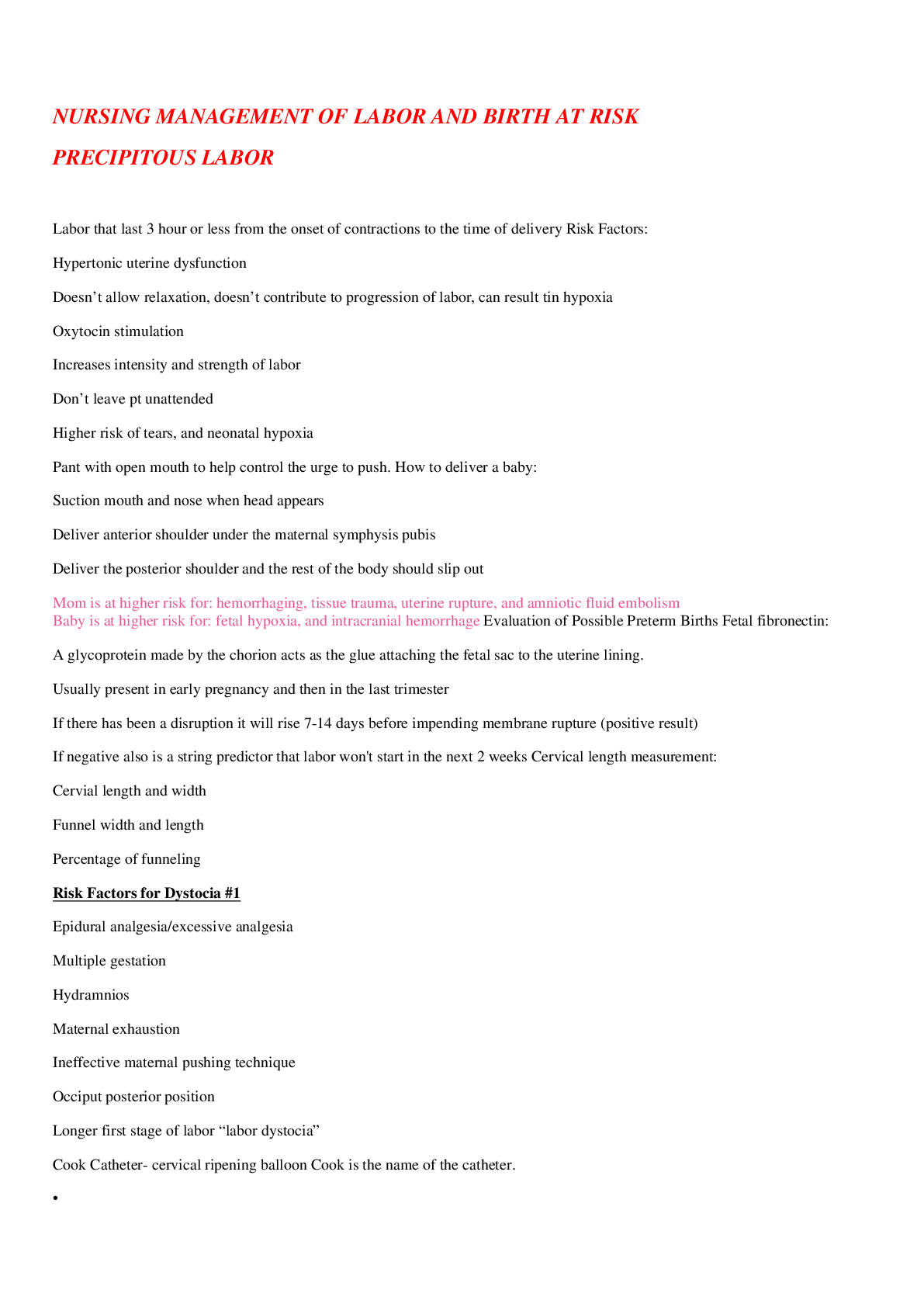



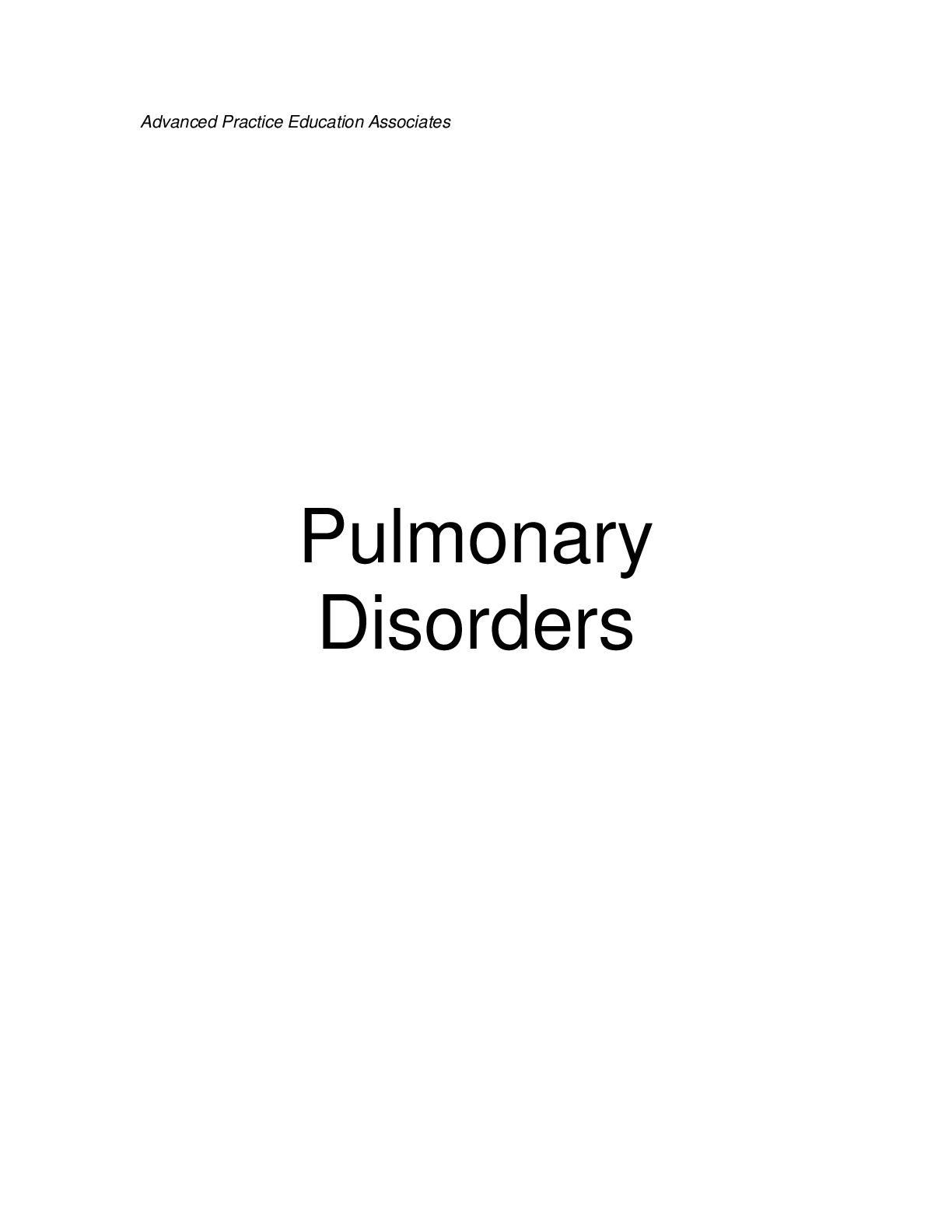
.png)





